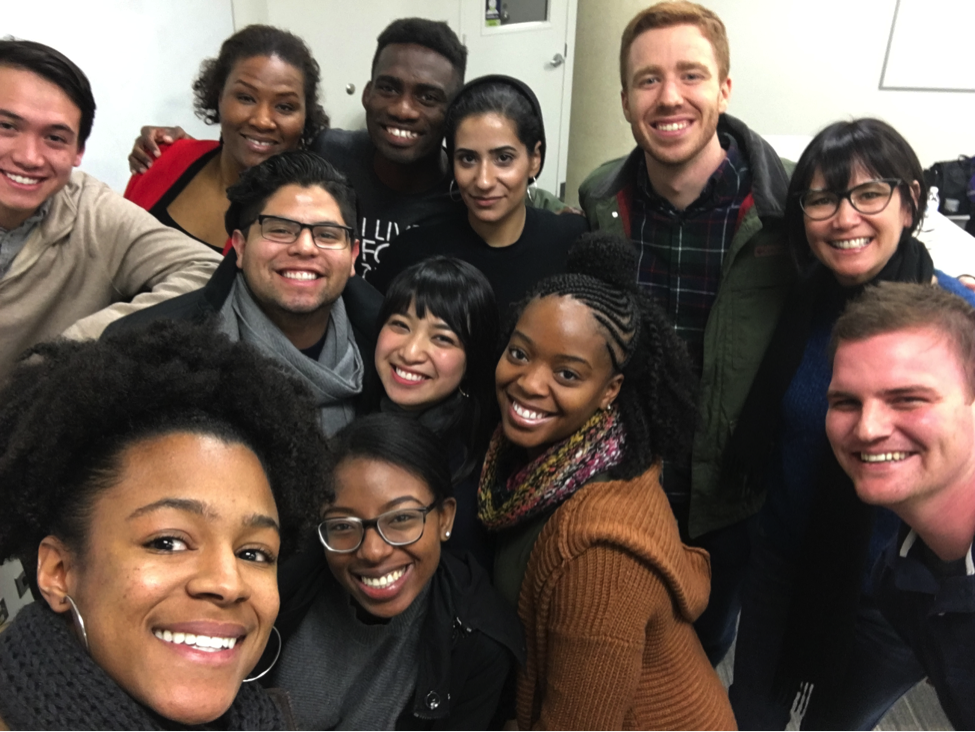
By Dominique Warren
Ultimately, students learned that the most important element of a pitch is the person delivering it. People invest in other people first, then their ideas. Students learned that the elements of a great pitch include your presence, craftsmanship of your idea using the PCAN (Problem, Cause, Answer, and Net Benefit) method, and knowing your audience. McKinnon, who has worked as a professor and producer, brought more than 20 years of successful programming in cable, broadcast, and digital platforms to class with her. Throughout the day-long sessions, she was a strong resource for her students.
With their peers as audience members, students participated in several pitches, leading up to their final pitch. Stress management techniques and group activities helped to break the ice. Trusting that everyone had one another’s best interest at heart made the environment a safe space for analyzing body language, identifying what’s at stake, and providing constructive feedback. Halfway through the quarter, students were able to identify personal persuasion styles, credibility platforms, and how their presence is perceived in a room.
The final class focused on the delivery of students’ pitches. After identifying potential barriers, saboteurs, and distinguishing the difference between jobs and purpose, the result was beautiful bodies of work that students could take into real-world settings to find the best match for their proposal. Upon completion, individuals shared what they learned about themselves and celebrated one another’s accomplishments. A rewarding finish of this class can be described using one of Professor McKinnon’s favorite quotes, by Viktor E. Frankl: “Between stimulus and response there is a space. In that space is our power to choose our response. In our response lies our growth and our freedom.”